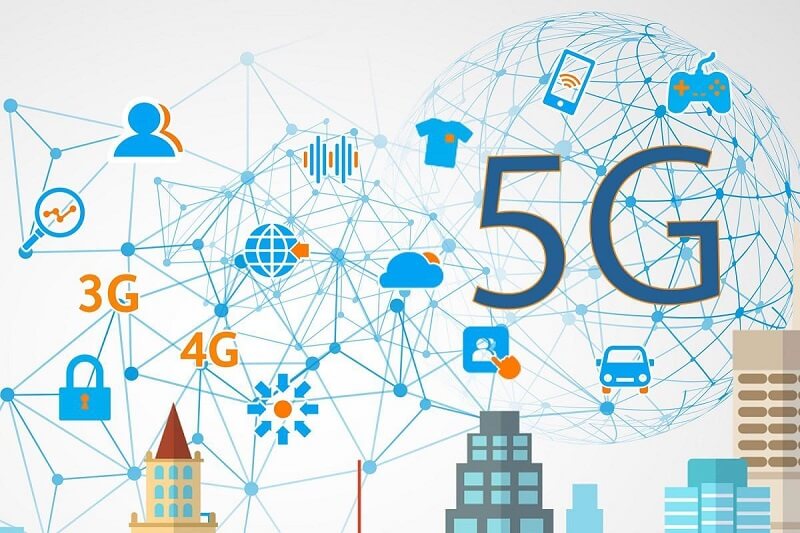5G is not just an iteration after 3G or 4G, 5G will have an impact similar to the introduction of electricity or cars, which will affect the entire economy and benefit the entire society.
Just as 3G supports images and 4G supports video, 5G will be the network that supports self-driving cars, smart cities, virtual reality… and most importantly – the Internet of Things. This network will support devices of all sizes, speeds and unprecedented complexity. Furthermore, the network will allow the implementation of new solutions in areas where there is no infrastructure.


As IoT devices and their demands grow, it is necessary to have advanced connectivity networks that can process information quickly and in real-time.
Change is coming to us and there are already pilot projects under development in many areas. Now, 5G is a reality, but it has not been developed further. Intel has launched the first modem for 5G connectivity, supporting peak speeds of up to 6Gbps, which is three to six times faster than processors with 4G connectivity.
On current networks, wait times can take up to 20 milliseconds. You might think this is a negligible latency, but this kind of latency in the network limits many IoT applications. With 5G, this latency can be reduced to just 1 millisecond. This response is critical for real-time applications, such as a surgeon controlling a pair of robotic arms during remote surgery. Additionally, 5G allows for very low energy consumption, which is key in the IoT world.
5G is a complex aggregation of technological advances in communications networks that will help become the engine for the next generation of IoT services. These innovations include:
1. Advanced modulation schemes for wireless access
2. Network slicing function
3. Automated network application life cycle management
4. Software-defined networking and network function virtualization
5. Support cloud-optimized distributed network applications
It is predicted that by 2024, the Internet of Things will account for a quarter of the world’s 41 million 5G connections, about three-quarters of which will be used in the automotive industry.
Sensors using 5G can run on the same battery for 10 years and still be able to send data regularly. In addition, narrowband development is optimized for IoT applications with low data rates, which will allow the network to have much lower power consumption and also reduce the voltage in data transmission.
While the initial stages of 5G implementation are focused on EMBB (Enhanced Mobile Broadband), it is most exciting to think about 5G from a long-term perspective. Large-scale machine-type communications, such as solar streetlights or other innovations that improve urban infrastructure, and ultra-reliable ultra-low latency communications (URLLC).
5G will take time to develop, but we must be prepared to make the Internet of Things more efficient under 5G.